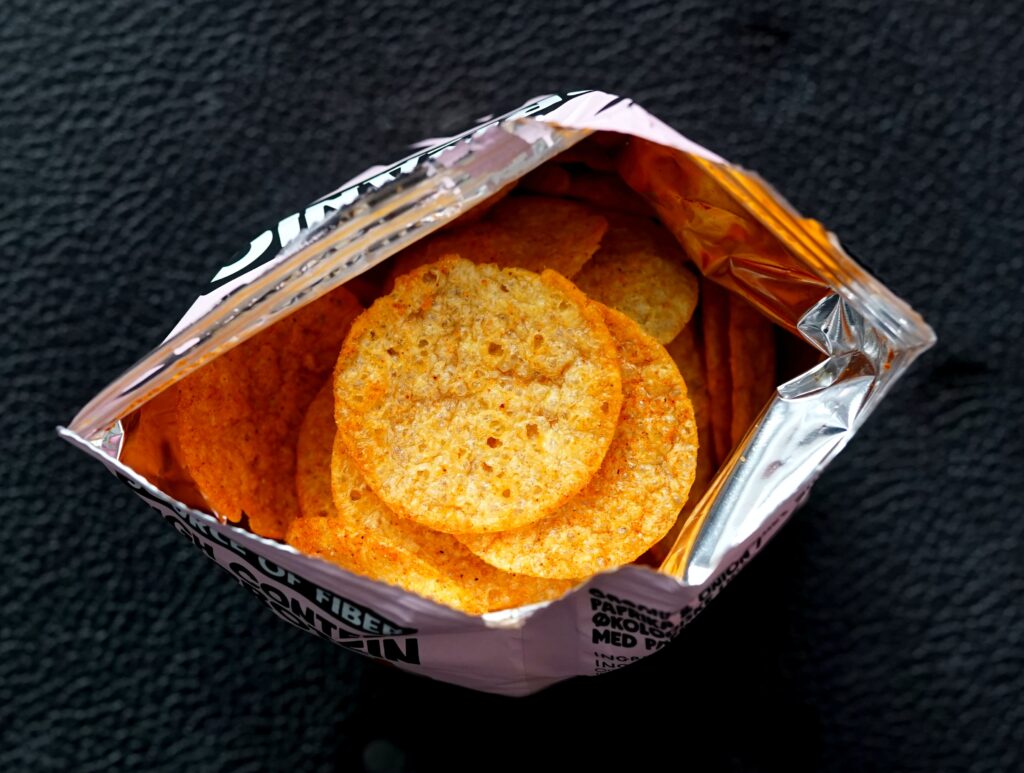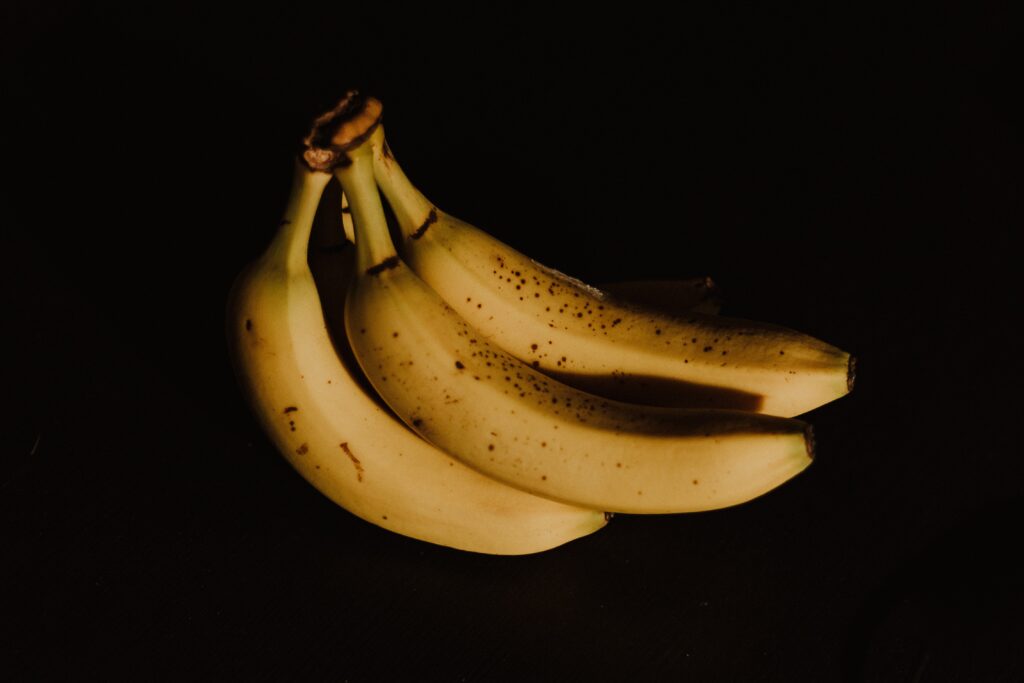Manufacturers in the food industry are looking for new ways to preserve, protect and prevent food spoilage. Most of these companies are adopting the use of food-grade gases in food production to create healthy and organic products.
1. Nitrous oxide as food preservation gas
Nitrous oxide is a prevalent gas in the food industry that serves as a food preservative. It often replaces oxygen in meat and other product packages before refrigeration.
The reason for removing oxygen from packages is that it’s harmful to packaged food. It causes food to oxidize and creates a good condition for microorganisms.
Examples of foods that are vulnerable to oxygen include vegetables, fish, and fatty meats.
Although Nitrous oxide reduces the amount of oxygen that comes into contact with the food, it doesn’t react or affect the taste and texture. That is why nitrous oxide is suitable when it comes to storing food for longer periods.
So, how is nitrous oxide introduced to food packaging?

Typically, it involves the introduction of the nitrous gas into an unsealed package to remove oxygen and moisture in a process known as gas flashing. After driving out oxygen from the package and sealing it immediately, the gas remains inside.
2. As an Ingredient in Whipped Cream
Whipped cream has several uses in the culinary industry, like making pies, soups, toppings for cakes, desserts, and beverages. Nitrous oxide plays a vital role in the process of whipping the cream.
The primary function of the gas is to propel and push out the whipped cream in the can. It also preserves the cream from becoming rancid.
Nitrous oxide can dissolve in aqueous substances and oil. That makes it a suitable option in the process of cream emulsion.
While whipping cream, the gas dissolves in the cream creating air bubbles that stick together to create foam.
However, if you want to make perfect whipped cream at home, you’ll need a nitrous oxide cream charger. Some of the best nitrous oxide cream chargers to buy include:
-
- Smartwhip Cream Chargers
- Cream Deluxe Cream Chargers
- iSi Professional Cream Chargers
- BestWhip Cream Chargers
- FOMAGAS Whipped Cream Chargers
- UltraPure Cream Chargers
- Special Blue Whipped Cream
- Whip-It! Cream Chargers

3. As a Flavor Enhancer
Nitrous oxide is probably the oldest commercially produced food flavoring. It was a flavor enhancer in the molded ice cream desserts.
The gas has a robust, almost metallic taste that isn’t distinguishable.
In the last few decades, nitrous oxide usage has increased immensely to achieve the familiar, rich flavor of whipped cream without the high fat and sugar content.
Nitrous oxide is the only agent approved by the Food and Drug Administration(FDA) for whipped products. For this reason, it is becoming popular in the processing of dairy products.
When making aerated chocolate, nitrous oxide produces more bubbles and makes the cocoa taste intense. When mixed with other ingredients, it gives a tangy or sweet flavor, such as making certain tomato-based products.
Aside from dairy products and food, brewers also add nitrous oxide to beer during the brewing process to give it a distinctive flavor. However, this practice is not widespread, and only a few brewing companies use it.
4. Gives Meat an Appealing Colour
Many people believe that nitrous oxide gives the meat a better color but only enhances the red color. Moreover, it doesn’t have any harmful effects on the meat.
Nitrous oxide can change the chemical structure of food into a different one, which is how it colors meat. That doesn’t mean the meat becomes artificial in any way.
Since nitrous oxide functions as an oxidizer, it automatically dissolves oxygen when added to a storage box.
Meat contains proteins, fats, and red blood cells. Therefore, when it comes into contact with nitrous oxide, it changes the protein into different protein-containing nitrous oxide.
The benefit of adding nitrous oxide to meat is it decays slower than it would in its original condition. In simple terms, it prevents the deformation of red color for an extended period.
As a result, the meat retains its natural meat-like color and maintains its attractive appearance.
5. As a Baking Agent
Nitrous Oxide is an essential part of the culinary process in baking because it reduces compounds. One of these compounds is lactic acid which causes bread to taste sour.
Bread without lactic acid would be very dry and crumbly by itself. Therefore, mixing it with nitrous oxide gas makes the dough denser and pliable.
It is also used as a propellant to allow the dough to rise and increase in size, as is common in making loaves of bread, cakes, pastries, and even cupcakes.
Another way to use nitrous oxide in baking is to allow the leavening of gases CO and CO2 from the dough.
It also helps to enhance the aroma of baked products, especially bread, and inhibits mold growth.
However, the problem with using nitrous oxide in food is that there are no regulations about the acceptable amount. Still, many believe it can be effective when used in small amounts.
6. As a Flour Bleaching Agent
Nitrous oxide is one of the first additives that American mills used to whiten flour. Bleaching flour aims to make it softer, brighter in color, and increase volume.
The gas is helpful in flour bleaching because it neutralizes the acidity of the mixture. The change in pH makes the flour lighter and whiter.
It is also used in the bleaching process because it can react with flour and turn it into a white powder. Usually, oxidizing agents alter the reaction, which changes some of the particles in the mixture.
Unfortunately, if there is too much of this reaction, the flour might spoil.
Some of the benefits of nitrous oxide as a flour bleaching agent include:
-
- It improves the shelf life of flour
- The quality of baking improves
- Flour becomes white
7. Helps in Freezing and Chilling
Nitrous oxide is useful in freezing and chilling food. Freezing helps extend the shelf-life of food, making it consumable for a longer period.
The gas used in freezing food is compressed nitrogen that is usually liquified and pressurized. Liquid nitrous oxide makes food freeze faster while retaining its natural flavor.
Low temperatures slow down the growth of bacteria making the food remain fresh for a longer time. Moreover, freezing inhabits any chemical reactions in the food.
Foods that require freezing include seafood, meat, vegetables, baked foods, ready-made food, and fruits.
It is also used to chill wine or serve cold cuts.
Nitrous oxide is also suitable for regulating temperature when transporting chilled goods.

8. Making Confectionary Products Hard
People and companies in the trade of sweets use nitrous oxide to create bubbles in candies. It’s one of the easiest ways to get oxygen into a hard candy.
The most common way to use nitrous oxide is to dissolve it in water then add it to chocolates, caramels, and hard candy. The gas helps maintain a steady temperature in the candy, ensuring it doesn’t get too hot and melt.
The concentration of nitrous oxide in candy making varies based on the type of candy and the concentration of the solution. The higher the concentration of nitrous oxide, the fizzier and more aerated the candy becomes.
What makes a difference between chocolate and other types of candy lies in the concentration of nitrous oxide.
The effect of nitrous oxide on candy making will vary depending on the fat content, so it’s essential to follow proper procedures.
There are three methods for adding nitrous oxide to different food, based on their fat percentage:
-
- Adding the solution to the candy before melting it
- Adding it at room temperature
- Adding it to molten candy while it is still cooling
While adding nitrous oxide can increase the number of fizzy bubbles in candy, it also affects its flavor and smell.
Another reason nitrous oxide is useful in candy making is to lower manufacturing costs and have a cleaner environment.
9. Inhibits Fruit Ripening and Decay
The study of nitrous oxide on the ripening and decay of fruit has shown that the gas inhibits both processes. The gas helps in the storage of fresh produce for a longer period or reduces postharvest storage decay.
Studies on Nitrous Oxide and Ripening
There is a technique called asphyxiation of fruits which helps retard the ripening and decay of fruits. This technique is widely used in the industry to prevent rotting and also helps delay the ripening and decay.
In a study, they tested the gas for its potential to improve fruit quality and yield after harvesting. This study showed that nitrous oxide has protective effects against postharvest decay of fruit, which is usually achieved through the asphyxiation of fruits. Therefore, nitrous oxide was effective in producing the same result as asphyxiation.
The main objective of using nitrous oxide is to develop an alternative method to asphyxiation and eliminate chemicals in inhibiting and delaying the ripening of fruits. It’s a simple and cost-efficient alternative for prolonging shelf-life and increasing product quality.
Therefore, one of the numerous advantages of nitrous oxide to farmers is that it’s less toxic to humans and animals than commonly used chemicals.
Effect On Ripening
The gas inhibits ripening and the production of ethylene which causes fruit to soften and change color. The effect has been particularly noted in the ripening of bananas and avocado.
For this reason, these produce items are often stored with or treated with nitrous oxide.

Effect On Decay
The gas has a pronounced effect on ethylene production, and decreasing ethylene concentration in fruit stops decay. This is most notable with citrus fruits, where the gas allows the fruit to be stored for longer periods before it decays.
In many cases, you can store fruits for up to 30 days, but there will be noticeable decay after 20 days.
Conclusion
The application of different types of food gases is a hot topic in the food industry and with good reason. A recent trend in the culinary and food industry is the use of nitrous oxide.
Nitrous oxide is a versatile substance useful in almost everything, from making ice cream to dentistry. It’s one of the most powerful Nitrogen sources in the food industry, which means it is an effective way for companies to stay on top of their products’ potential nutritional value.
While this gas is being introduced in the food industry in many ways, it’s important to always have safety precautions before using it on food or anything considered edible.

